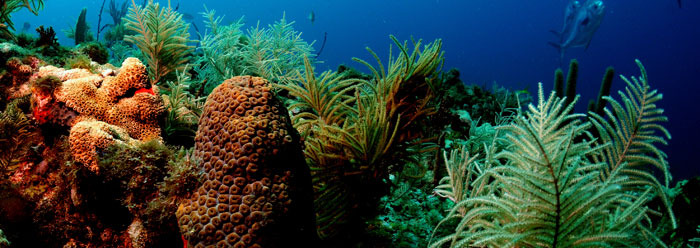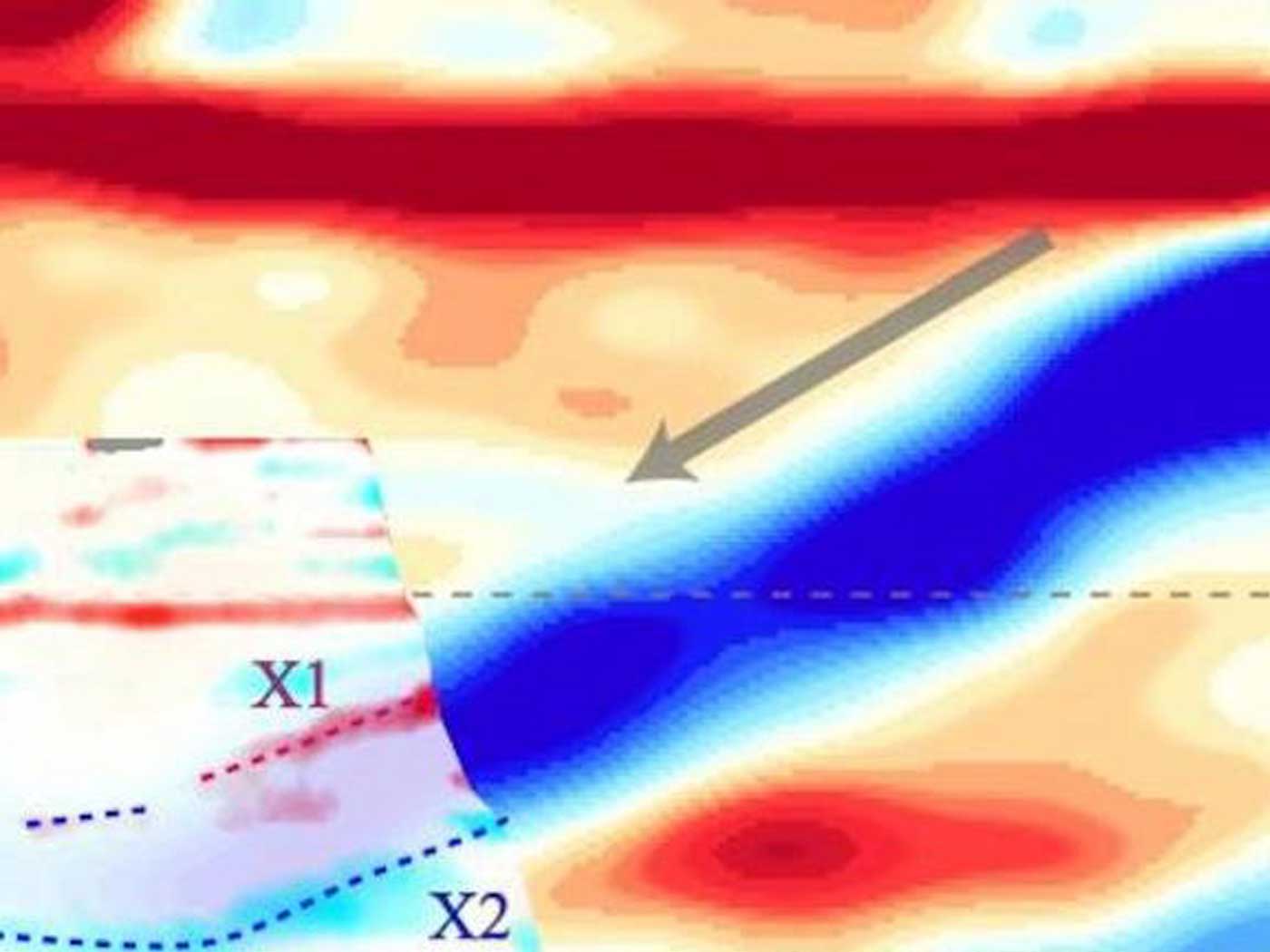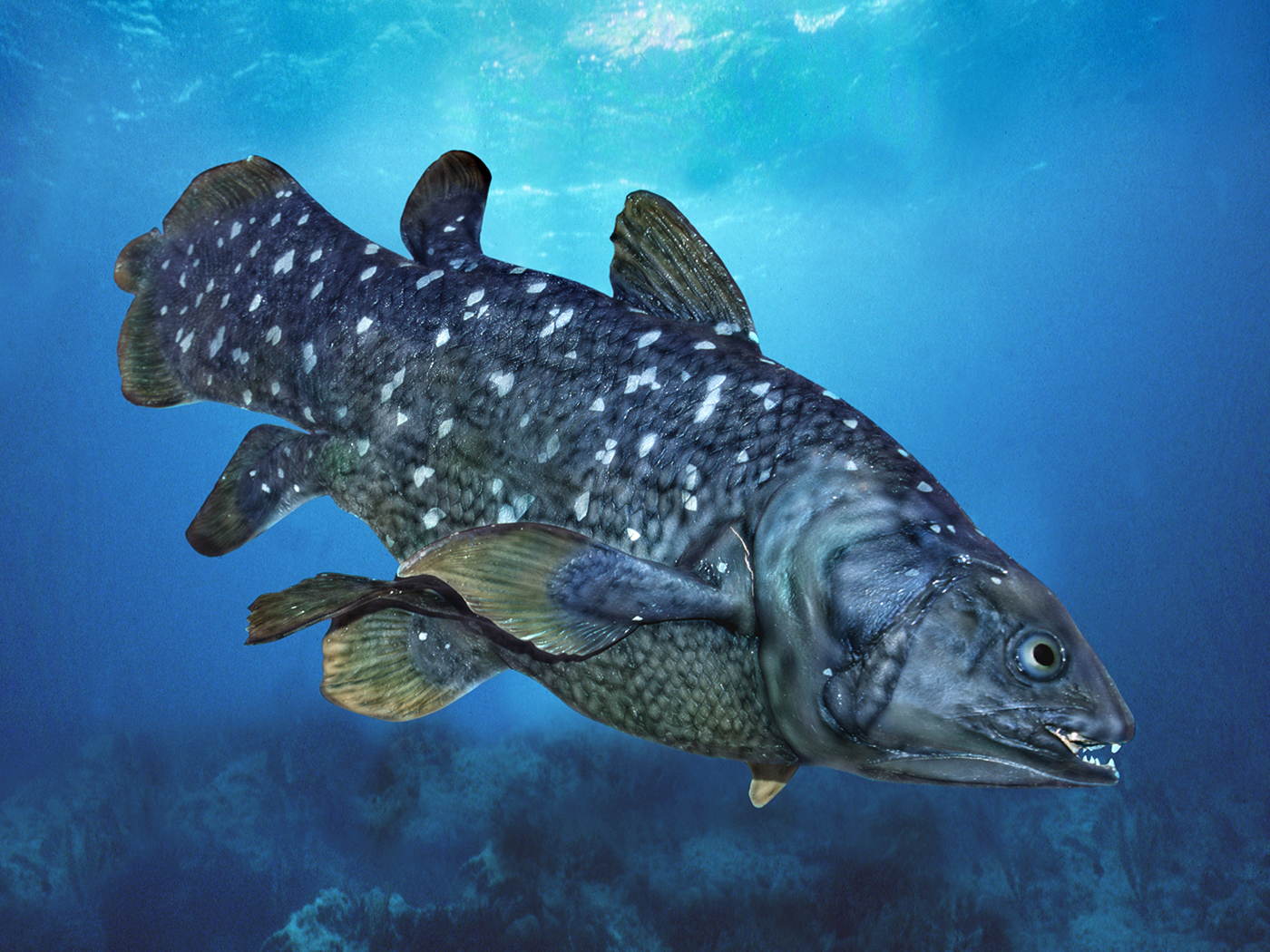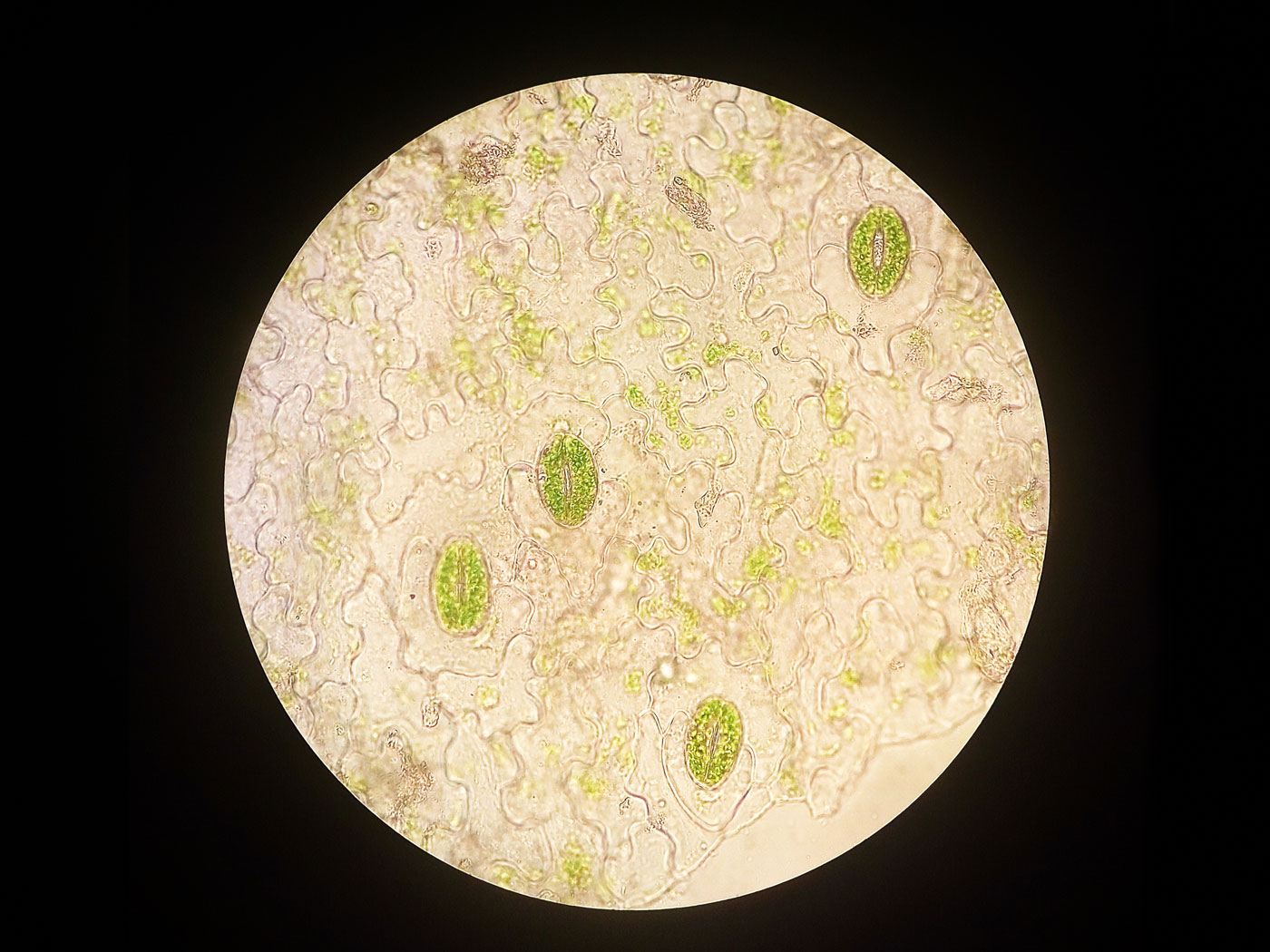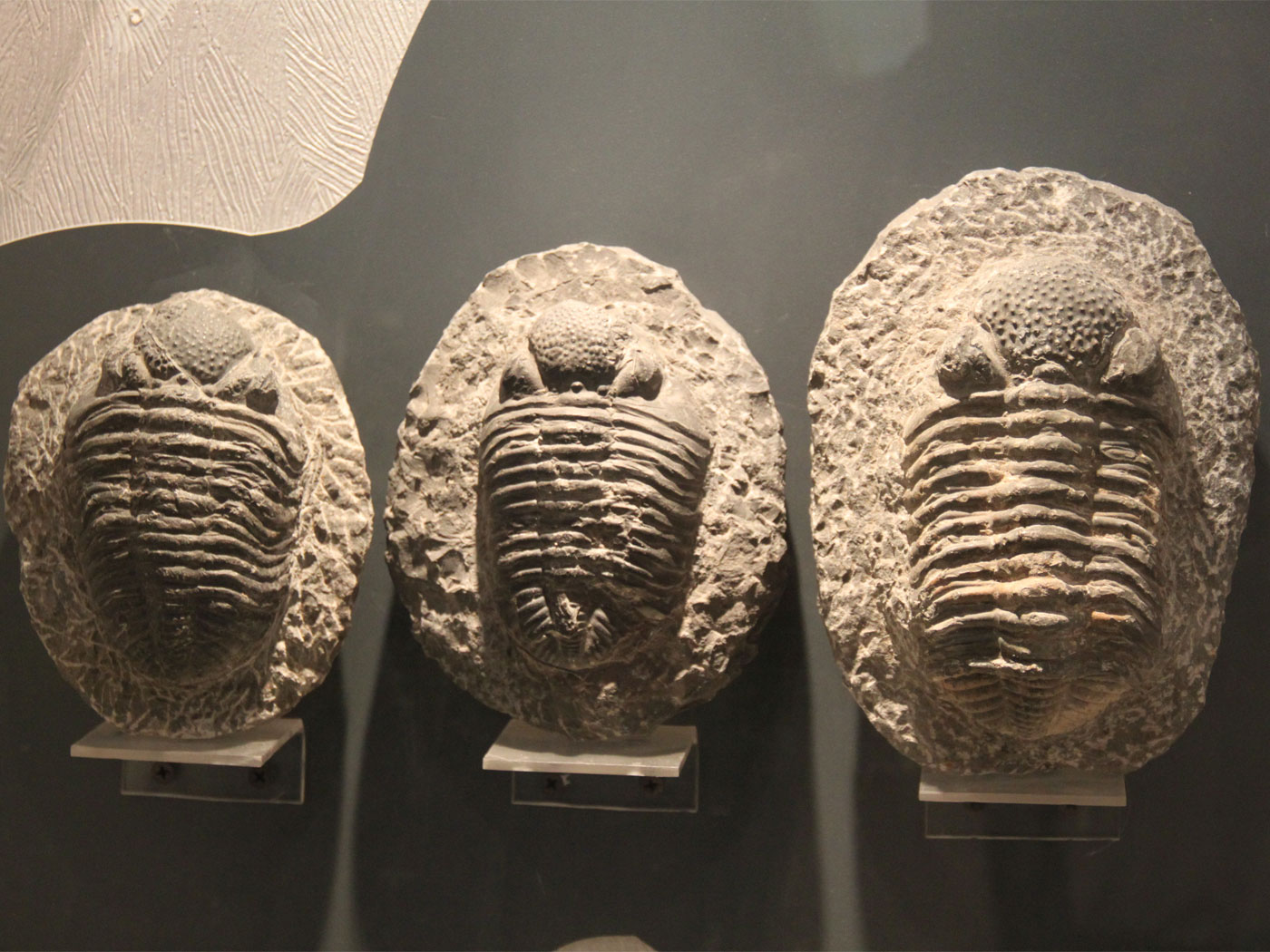Some biologists like to say that massive coral reefs represent more than 100,000 years of growth, supposedly nullifying the Bible's account of a world that is only thousands of years old. However, many known factors can affect coral reef growth rates. Now, a 50-year study of Caribbean coral reefs confirms the unpredictability of using such growth as a "clock."
Researchers in the past have assumed that by measuring the rate of growth of a coral reef, as well as the total size of the reef, they can estimate how long it took corals to build it. One big problem with this "natural clock" system is that the growth rate of corals is inconsistent and relies on a host of changing variables.
Coral reef growth rates change with available nutrition, physical weathering, water temperature, light penetration (and therefore sea floor depth or sea level changes), and other factors. Soft corals have soft bodies that do not deposit limestone "homes," but hard corals can leave behind rocky records if subsequent generations continue to add material. So, since hard corals grow very fast in some conditions and very slow in others, there is no reliable rate of growth to apply when estimating the age of hard coral reefs.
One 1972 "largely hypothetical" estimate of coral reef growth rate, based on adding up guesses for those factors affecting reef growth, was 1,000 grams (over two pounds) per square meter (more than 10 square feet) each year. But the authors admitted that "more rapid rates of sea level rise several thousand years ago probably were accompanied by greater net (and gross) production."1
Gene Shinn, now a researcher with the United States Geological Survey, began measuring coral reef growth rates in the Florida Keys back in 1960. He inserted stainless steel rods into live hard corals and took pictures throughout the Caribbean over the years. By comparing photographs taken from then until 2010, Shinn tracked coral reef measurements for 50 years.
He found that starting in the late 1970s, disease diminished the corals and that "unfortunately, coral reef growth and structure continues to deteriorate today."2 Thus, disease is yet another important factor that can alter coral reef growth rates.
Applying Shinn's measured growth rate of zero during the period from around 1980 to 2010, coral reefs would take infinite time to grow…which is to say they should not exist. On the other hand, corals can grow extraordinarily fast in the absence of disease and with slightly warmer water and a gradually subsiding ocean floor to keep the coral near to light.
Drs. John Whitcomb and Henry Morris noted this in 1961, citing a study that found 20 centimeters of coral reef growth in five years. They wrote, "This rate of growth could certainly account for most of the coral reef depths around the world even during the few thousand years since the Deluge."3
Like any process used as a natural clock, one must assume a constant rate for that process through history. But when it comes to using coral reefs as such a clock, their growth rates have proved to be less than reliable and therefore do not challenge the Genesis record of a young world.
References
- Chave, K. E., S. V. Smith and K. J. Roy. 1972. Carbonate production by coral reefs. Marine Geology. 12 (2): 123-140.
- Corals: A 50-Year Photographic Record of Changes. U. S. Geological Survey online video. Posted on usgs.gov, accessed January 17, 2011.
- Morris, H. M. and J. C. Whitcomb. 1961. The Genesis Flood. Phillipsburgh, NJ: Presbyterian and Reformed Publishing, 408.
Image credit: NOAA
* Mr. Thomas is Science Writer at the Institute for Creation Research.
Article posted on January 28, 2011.




